Key Takeaways
1. Can Crocodiles Climb Trees? Crocodiles have been seen climbing trees, giving them unique hunting and escape advantages.
2. Are Crocodiles or alligators bigger? While American alligators are large, Nile crocodiles and saltwater crocodiles can reach much larger sizes.
3. How Did Nile Crocodiles Get to Florida? Likely introduced as exotic pets, Nile crocodiles have found a home in the Everglades.
4. Why Can’t You Kill Nile Crocodiles in Florida? Legal protection applies due to their invasive status and impact on Florida’s ecosystem.
Meet Your Expert Guide on Crocodiles and Alligators
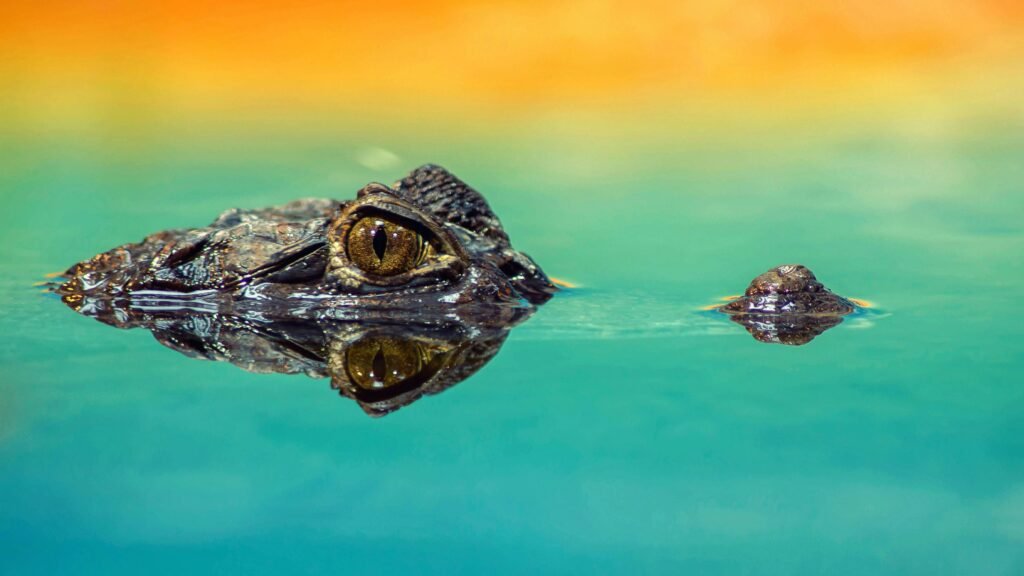
Hello, wildlife enthusiasts! As an environmental expert specializing in crocodilian species, I’m here to guide you through the fascinating lives of these ancient predators, specifically addressing questions about crocodiles in Florida, their size, and even their origins as ancient dinosaurs. Whether you’re a local Floridian or a global visitor to the Everglades, let’s dive into everything there is to know about crocodiles and alligators, from their anatomy and behaviors to the reasons behind some surprising Florida laws.
Can Crocodiles Climb Trees?
Yes, crocodiles can climb trees, a surprising behavior observed in many crocodilian species. This skill, documented in places from Australia to Africa, allows crocodiles to scan their surroundings and escape floods. While not typically necessary in Florida’s Everglades, climbing has been observed in juvenile crocodiles who use the tactic for hunting or avoiding predators. Crocodiles use their strong claws and tails to hoist themselves up, often found several feet off the ground in some coastal areas.
Are Crocodiles or Alligators Bigger?
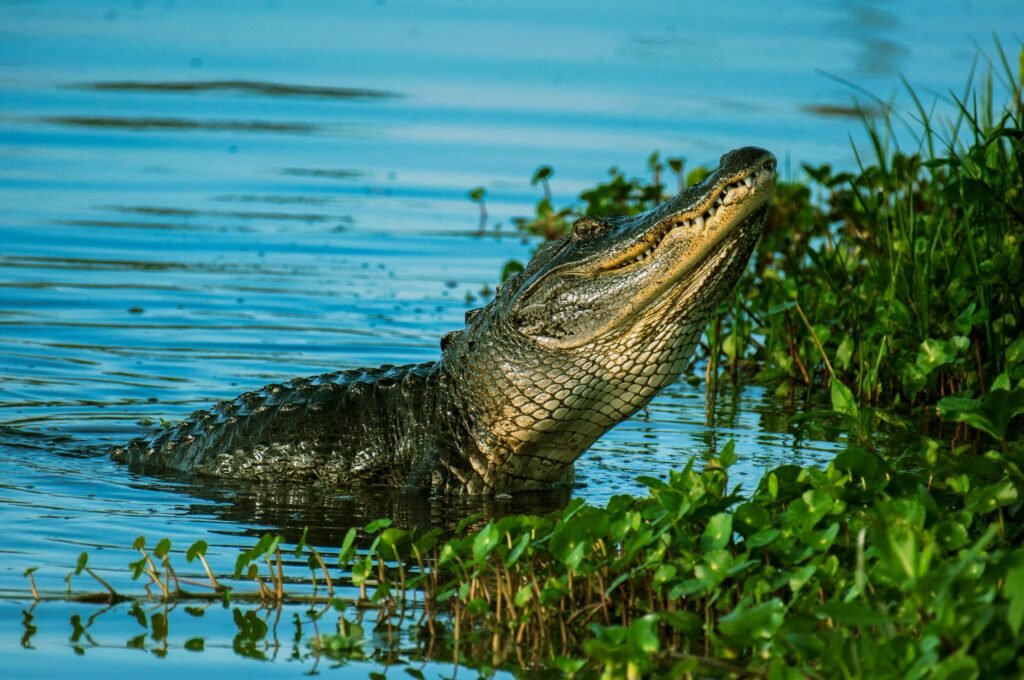
The size difference between crocodiles and alligators is one of the most frequent questions visitors ask. Generally, crocodiles are larger than alligators, especially when comparing the Nile or saltwater crocodile with the American alligator. Nile crocodiles, for instance, can grow up to 20 feet long and weigh as much as 1,650 pounds, whereas the American alligator averages around 13-15 feet in length. However, size can vary greatly depending on species, gender, and environment.
Are Crocodiles Dinosaurs?
Crocodiles are not dinosaurs, but due to their ancient lineage, they are often referred to as “living fossils.” These animals evolved over millions of years, dating back around 240 million years to the late Triassic period. While dinosaurs became extinct, crocodiles adapted and survived, giving us a glimpse into prehistoric times.
How Did Nile Crocodiles Get to Florida?
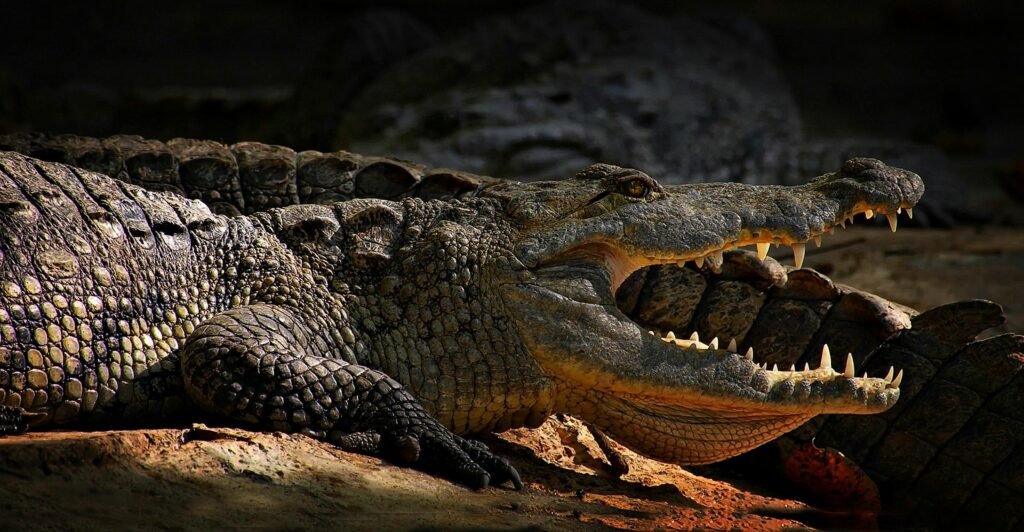
The presence of Nile crocodiles in Florida is due to accidental introduction, likely through the pet trade. In recent years, sightings of these invasive Nile crocodiles in the Florida Everglades have been reported. Unlike the native American crocodile, Nile crocodiles are more aggressive and adaptable, raising concerns about their impact on local ecosystems.
Are Nile Crocodiles in the Everglades?
Yes, Nile crocodiles have been spotted in the Florida Everglades. While their population remains relatively low, they pose a substantial threat as an invasive species. Known for being more aggressive than alligators, Nile crocodiles could potentially disrupt Florida’s native wildlife balance. The warmer climate and abundant water bodies of South Florida provide an ideal environment for these non-native crocs, allowing them to survive and potentially breed.
Why Can’t You Kill Nile Crocodiles in Florida?
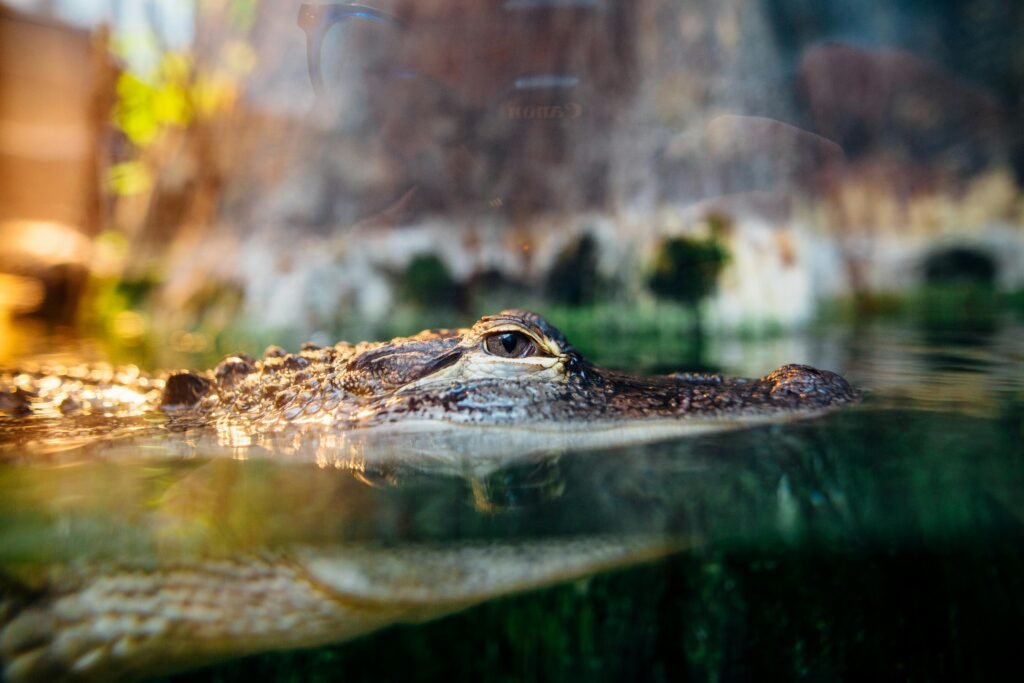
While Nile crocodiles are invasive, they are protected under specific wildlife laws in Florida. Their population and behaviors are closely monitored, so they cannot be freely killed. Wildlife officials aim to manage and contain this invasive species without resorting to widespread killing, as removing them entirely could affect local ecosystems.
What Is the Difference Between a Crocodile and an Alligator?
1. Snout Shape: Alligators have a U-shaped, broader snout, while crocodiles sport a V-shaped, narrower snout.
2. Behavior: Generally, crocodiles are more aggressive than alligators, especially the Nile and saltwater species.
3. Size: Crocodiles, on average, grow larger than alligators, with some species reaching up to 20 feet in length.
4. Color and Habitat: Crocodiles tend to have a lighter, olive-brown color and can thrive in both freshwater and saltwater, while alligators are darker and prefer freshwater habitats.
How Big Are Nile Crocodiles?
Nile crocodiles are among the largest crocodilian species, with some individuals reaching lengths of up to 20 feet. In Florida, however, the Nile crocodiles observed are generally smaller, likely due to their younger age and the limited food supply compared to their natural habitat in Africa. Their impressive size and aggressive hunting tactics make them formidable predators.
The Role of Crocodiles in Freshwater Biomes
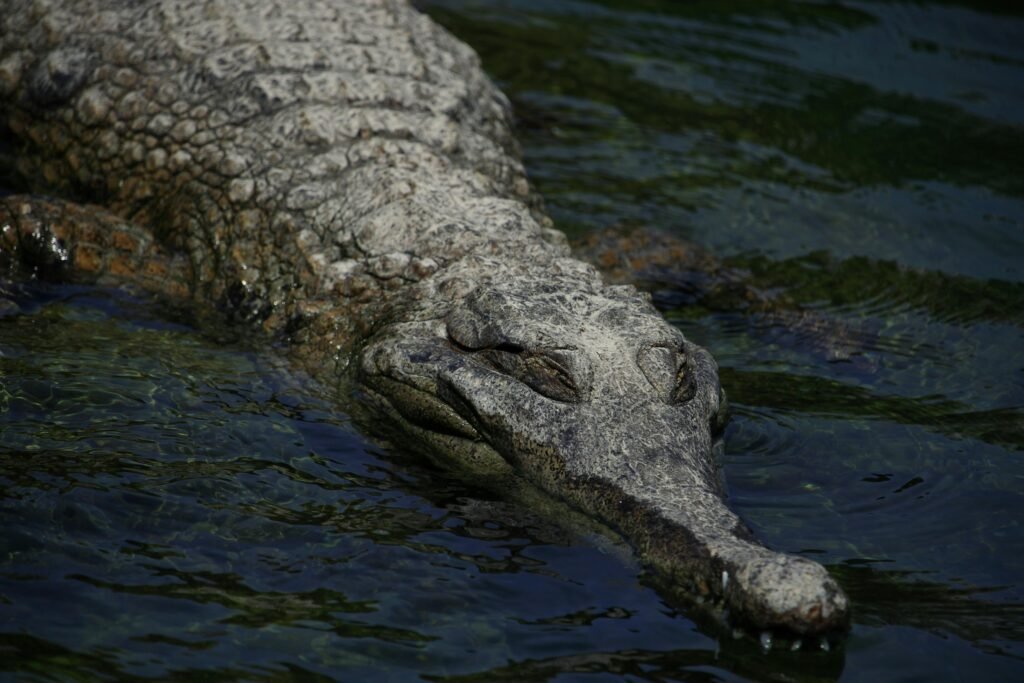
Crocodiles play a unique role in freshwater biomes, from helping control fish populations to creating habitats through their nesting activities. Their presence contributes to biodiversity, especially in freshwater environments where their feeding and nesting behaviors influence other species.
FAQs
1. How many Nile crocodiles are in Florida?
The exact number of Nile crocodiles in Florida is unclear, but sightings have increased. Most estimates suggest fewer than a dozen are confirmed in the Everglades, but local wildlife authorities monitor their presence.
2. Are crocodiles in Florida dangerous to humans?
American crocodiles are generally shy and less aggressive than their Nile counterparts. However, all crocodiles can be dangerous if provoked. Nile crocodiles, which are larger and more aggressive, pose a greater threat if their population increases.
3. Why can’t you kill Nile crocodiles in Florida?
While they are invasive, wildlife laws protect them to prevent ecological imbalance. Efforts focus on monitoring and controlling their population rather than widespread removal.
4. Can Nile crocodiles and American alligators coexist in the Everglades?
Currently, they can coexist with minimal interaction due to the low number of Nile crocodiles. However, growing the Nile population could lead to competition and disrupt the ecosystem.
5. What’s the main difference between an alligator and a crocodile?
The primary differences include snout shape, size, and aggressiveness. Crocodiles are usually larger and more aggressive, with a V-shaped snout, while alligators have a broader U-shaped snout and tend to be more docile.
Conclusion
Although not the only predators in the Everglades, Crocodiles, and alligators are ancient creatures with unique adaptations that allow them to survive in diverse habitats. In Florida, their presence raises intriguing questions about their interactions, size differences, and origins. By understanding these reptiles’ roles in their environments, we can better appreciate the delicate balance within Florida’s ecosystem and the need to protect both native and invasive species carefully.
If crocodiles aren’t your thing, check out our post about birds in the Everglades.
